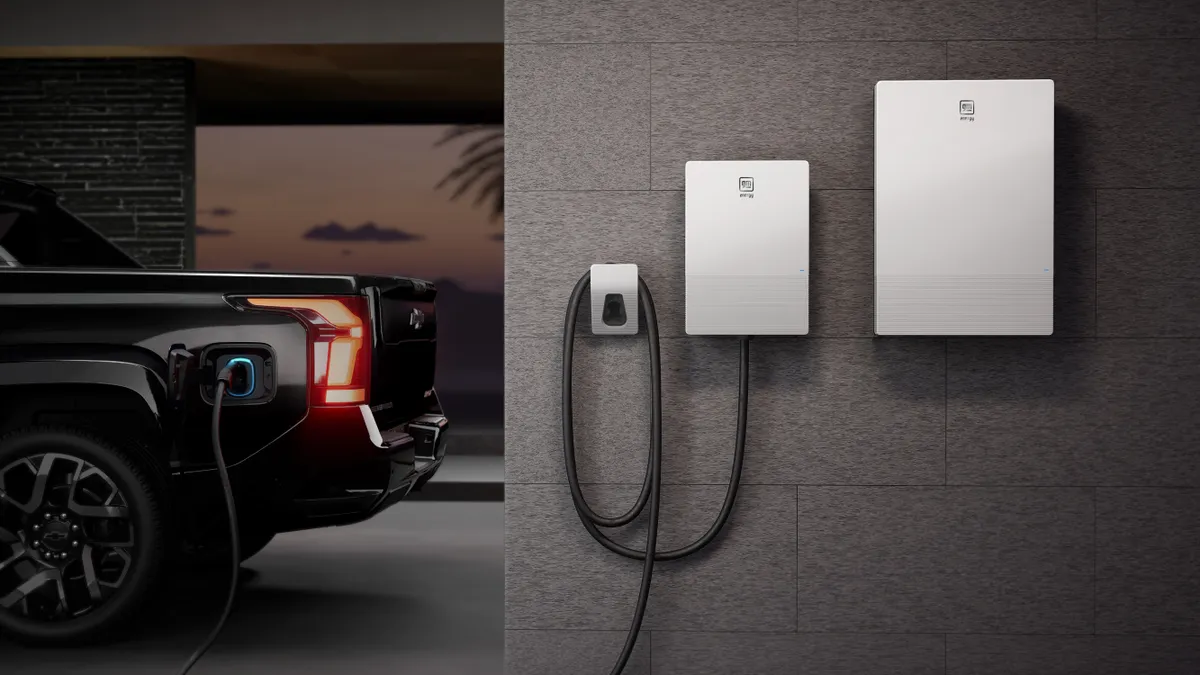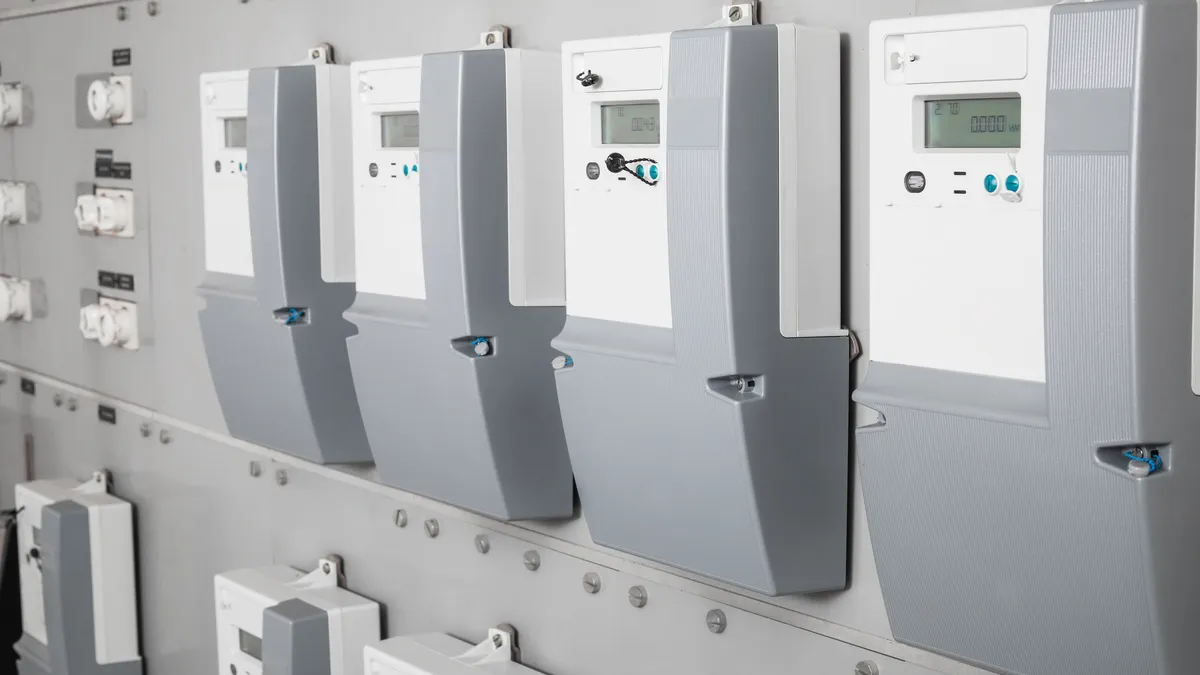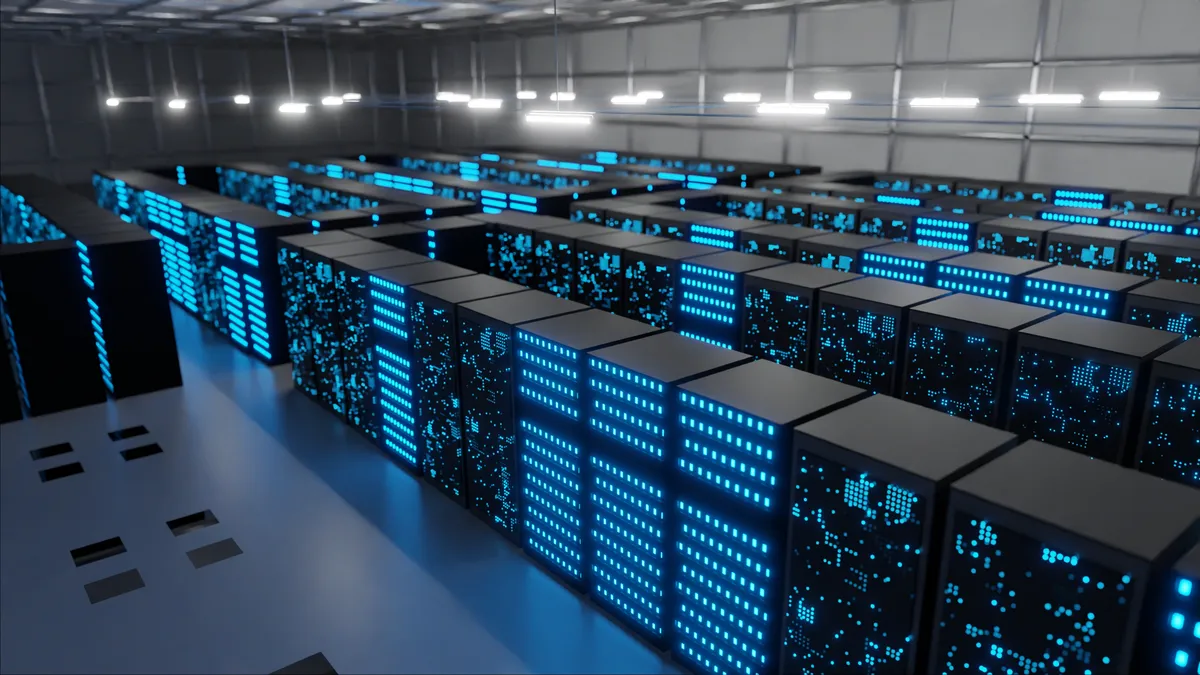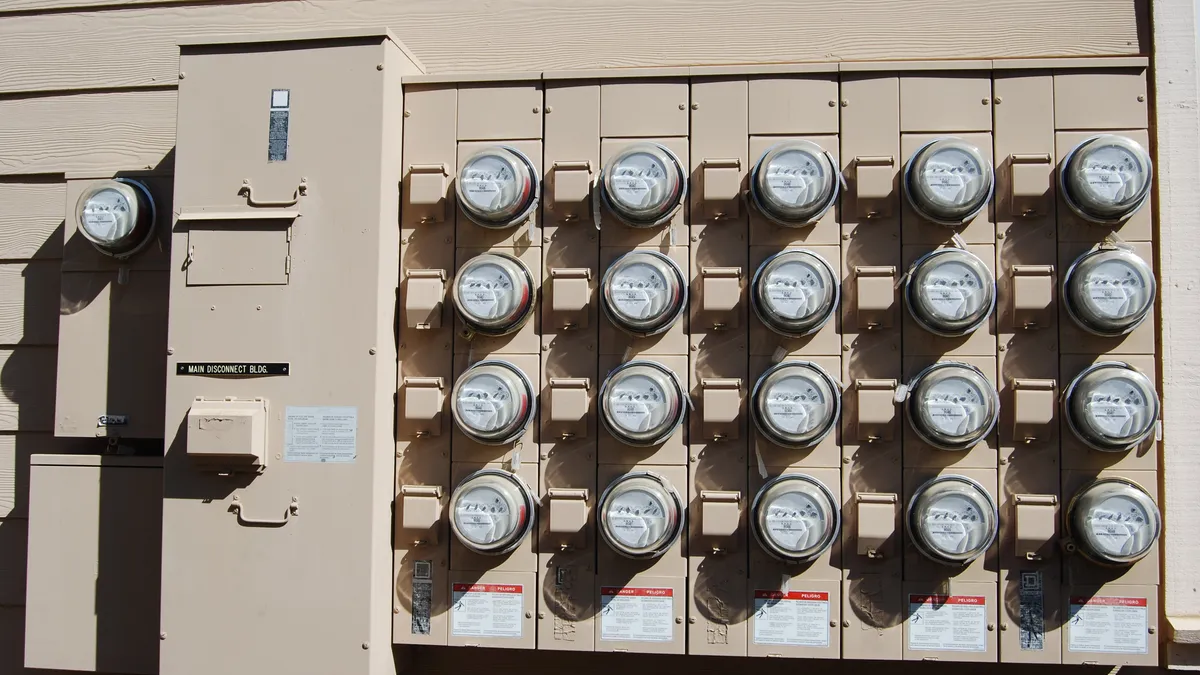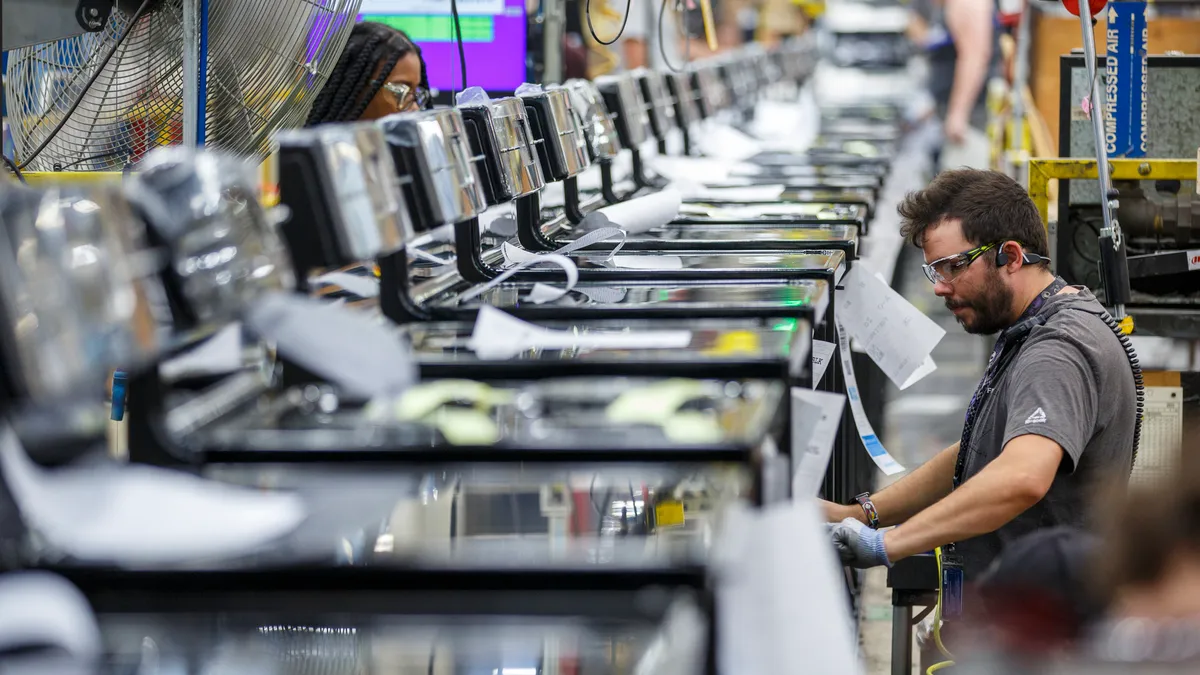As utilities prioritize more personalized experiences for their customers, two companies have joined together to provide a fuller suite of services through a cloud-based platform, as opposed to offering independent services that require more effort and engagement from the consumer.
The data analytics company Tendril had previously focused on acquiring segment leaders in marketing analytics, such as EEme, EnergySavvy and FirstFuel. But now Tendril is transforming into a company that aims to offer "the most comprehensive suite" of analytics, energy savings and marketplace options for electric and gas utility customers.
On Monday, Tendril and consumer engagement marketplace company Simple Energy announced a merger into a new entity called Uplight, which offers a utility-branded marketplace, customer experience personalization, demand side management and analytics to over 100 million residential and business customers, among more than 75 utility partners.
"We polled our [utility] customers and they are looking for seamless consumer experiences."

Adrian Tuck
CEO, Uplight
Justin Segall, Simple Energy co-founder and Uplight Chief Strategy Officer, and Adrian Tuck, former Tendril CEO and now Uplight CEO, spoke with Utility Dive Thursday about the merger ahead of a private call with analysts.
Uplight combines existing or legacy products offered by the two companies in order to create an all-stop shop or end-to-end experience for the users. Simple Energy and Tendril's original services interacted organically: A residential customer could choose to shop in Simple Energy's marketplace based on Home Energy Reports offered by Tendril.
Now, customers could see opportunities to save on energy use through their behavior and through products that they can purchase based on analytics that could, for instance, estimate how a shift to time-of-use rates will affect the household, Segall said.
"Those legacy products are scaled to 75 utilities," Segall said. The integrated products have been "live in the field with a number of customers," such as Michigan's Consumers Energy. Simple Energy and Tendril's platforms were cloud-based and already could work together to deliver bill savings as an "end-to-end experience from analytics to rates, … to meaningful bill savings."
Uplight's customers already include Duke Energy, National Grid, Exelon, Southern Company, Xcel Energy, American Electric Power, Arizona Public Service, Consumers Energy, Public Service Enterprise Group and AES.
"We polled our [utility] customers and they are looking for seamless consumer experiences," Tuck said.
Uplight's new suite of load management solutions is an online platform that includes behavioral energy efficiency analysis; digital customer engagement; a utility marketplace for products such as smart thermostats; and demand management options. The software also has "adoption and experience" capabilities to advise customers on how their energy use would be impacted by having an electric vehicle or a rooftop solar system.
The platform will also help customers better understand how their bills would be impacted by different rates systems, as utilities transition to more complex pricing mechanisms. Customers will also access an individualized "Energy Experience" and added personalizations to prompt users with a "Next Best Action."
Uplight's personalized programs enable Xcel to address its own climate goals by "educating and engaging our millions of business and residential customers on the renewable and smart control options available to them," Brett Carter, the utility's EVP and Chief Customer and Innovation Officer, said in a statement.
Responding to market opportunities
"We think what Tendril recognized is that the market they were in ... is a fairly limited market," Kevin Prouty, group vice president for IDC Energy and Manufacturing Insights, told Utility Dive.
According to Prouty, third-party providers started expanding into utility "silos" by becoming the best at providing certain services, such as having an online utility marketplace or providing demand response options, but those companies risk being outdone by someone that can offer something beyond that particular service.
"What Tendril realized is you could sell into utility silos — a lot of really narrow silos — fairly easily because they were just focused on one thing. But [the companies] can't keep functioning in those silos," thus making the end-to-end proposition more appealing within their platform-based approach, Prouty told Utility Dive.
A lot of third-company providers are growing in this space, Prouty said, referencing Opower's acquisition by Oracle, and Itron, focused more on smart meter infrastructure, which in 2017 bought a demand response company.
"Tendril was kind of one of the last big independent players. I don't think anyone's assembled a portfolio like this," he said, referring to Uplight's suite of offers.
Uplight "is giving to customers the tools to monitor and improve energy efficiency" more fully, Prouty said. However, he does not think of Uplight as a fully end-to-end utility customer experience platform because it does not involve everything customer-focused. In addition to what Uplight does, a "full end-to-end" would include billing information and systems, smart meter infrastructure, customer relationship management and mobile systems, he said.
The new company came about through utility-driven demand and already has several partnerships with large investor-owned utilities across the country.
"In a small number of places we already have [utility] customers who asked Simple Energy and Tendril to start to work together… in order to deliver to the customers that are the vanguard for what we do," Tuck said.
"That's a good sign but that has to continue," Prouty said. "Many companies will spend a lot of time and effort to make sure they have some pioneering partners," but a better indicator of Uplight's success will be continued growth and sales.
Uplight is "still evaluating growth" potential, Tuck said. The company is currently centered on North American businesses and there are "still pieces of the puzzle that we are interested in looking at that we don't currently support," he added, such as load control in commercial and industrial buildings.
While the first stage focuses on establishing a more cohesive user experience for various energy consumer needs, Tuck expects to begin planning for the second stage of strategy for Uplight later this year.
Breaking down the silo walls
Customer service has become a larger regulatory priority in recent years, Prouty said. The first concerns are cost and reliability — "outages and improving performance" — and "third is usually customer service," followed by energy efficiency. However, the silos of products that Prouty referred to don't just appear within a utility's customer offerings — they also appear within regulatory constructs, separating demand response from customer experience, and more.
To understand the extent of silos, Segall points to the number of regulatory proceedings in vertically integrated states.
"There's been a structural disincentive to invest in the customer, from a utility investment and viewpoint."

Justin Segall
Chief Strategy Officer, Uplight
"Fundamentally, the challenge — and the primary driver of this merger — is that [utility regulators] see the necessity to break down the fact that there may be regulatory silos or constructs. The customer does not need to be and should not be exposed to that complexity," Segall said.
To break down that barrier, Segall said there would need to be an "alignment for utilities for their earnings mechanisms with their outcomes for customers," so that "utilities are being inherently alighted to customer outcomes," such as earning on energy efficiency initiatives.
"There's been a structural disincentive to invest in the customer, from a utility investment and viewpoint," Segall said. Without greater collaboration among regulators, utilities and third-party providers, he said customers won't be able to fully benefit from more complex resources such as demand response.
Uplight can leverage the interaction between their products and their consumer-based results to advocate for the way that specific resources are considered by regulators.
"We do think we are uniquely positioned in the market, [based on] this ability to provide an end-to-end experience to users," Tuck said.
"In seeing interconnection between all these pieces, utilities have an opportunity within that construct to be even more cost effective," Segall said, but the hurdle is to work with regulators, the equipment manufacturers and providers to increase the value of products to the customer. "As we're able to engage with our utility partners … our approach has been really collaborative."










